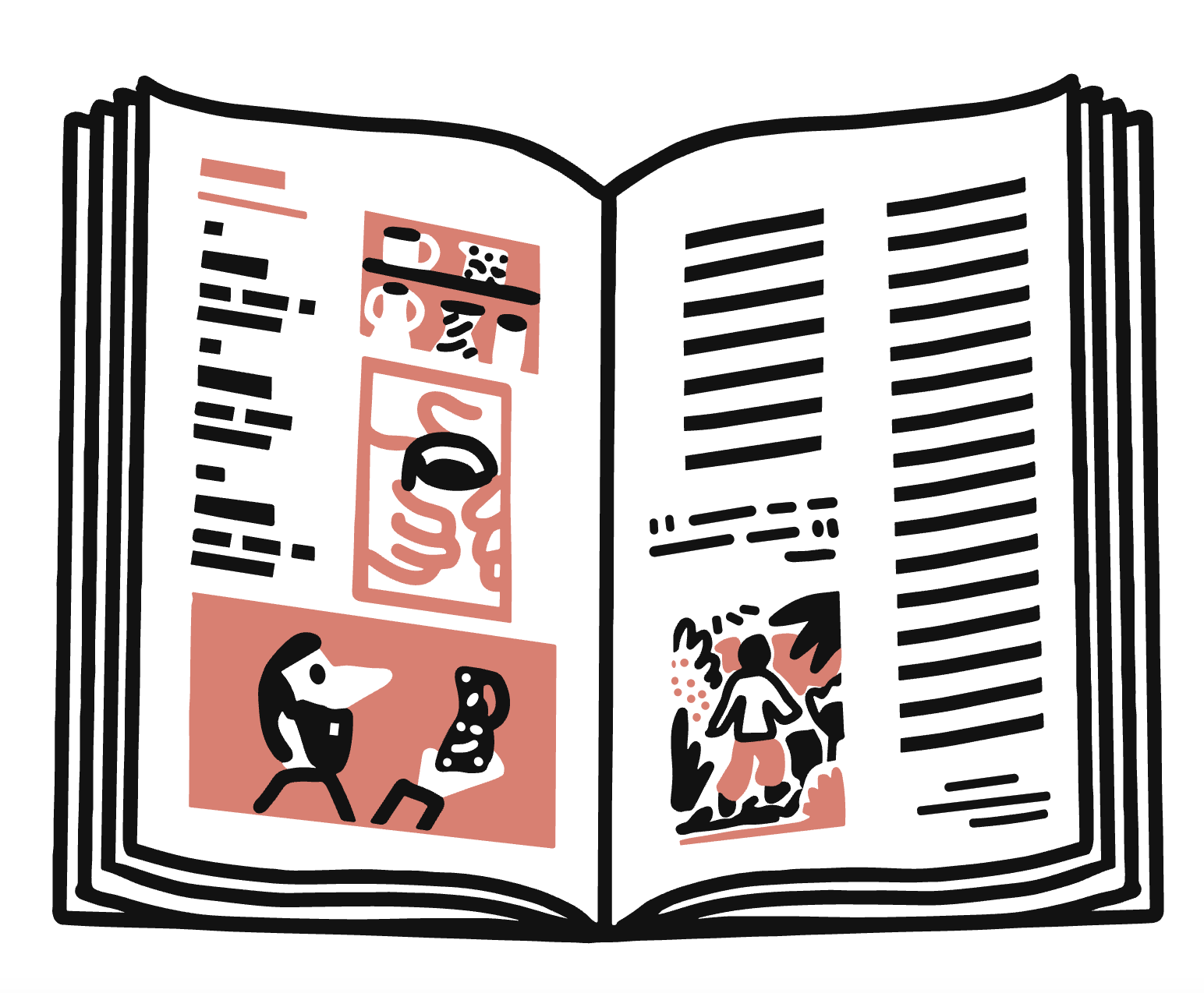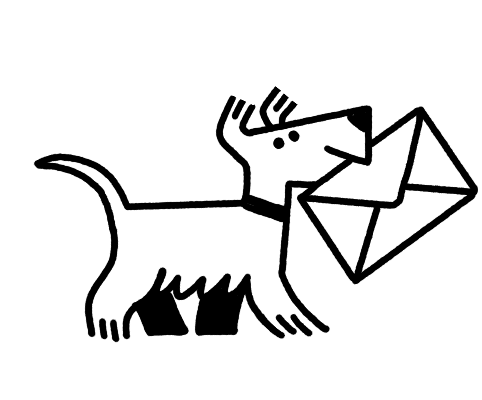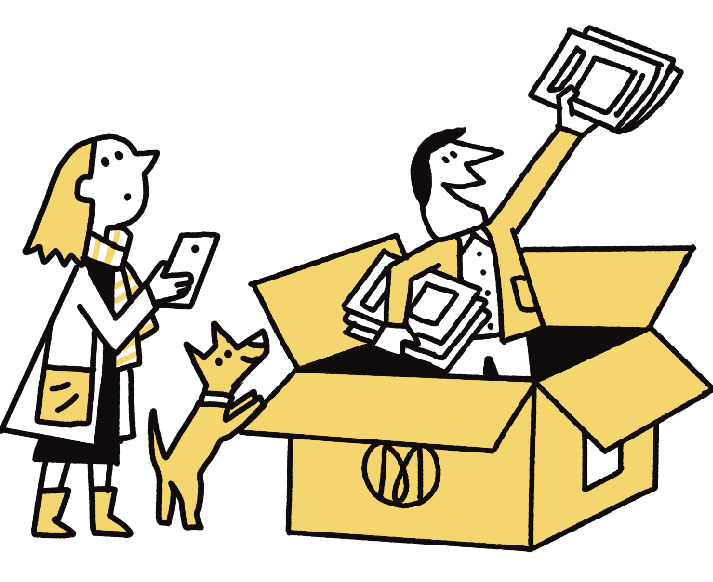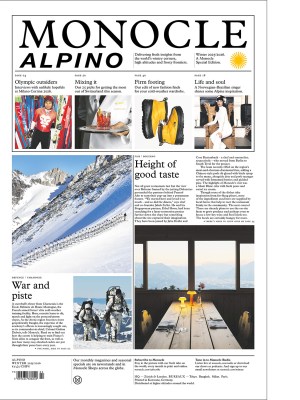What Frieze London director Eva Langret wants you to see at this year’s fair
As Frieze London returns, director Eva Langret shares her highlights from this year’s edition – including thatched sculptures, stand-up style performance art and her go-to spots for post-fair dinners.
Regent’s Park is about to get busier and better dressed as Frieze London returns with its vast white tent to temporarily displace local geese. In their stead? Gallerists, collectors and a wave of international energy. Amid the buzz and million-pound canvases, director Eva Langret talks us through what’s fresh this year, the moments not to miss and where to unwind when the art fatigue sets in.
What’s new this year at Frieze? Where should visitors start?
Frieze Sculpture, our outdoor display in Regent’s Park, is the first thing that people see before we even open the tent. So that’s usually where I like to begin.
At this year’s sculpture section, we are showing pieces by 14 international artists. There are some monumental works, many of which are new and made in direct response to the park. There’s a particularly brilliant piece by Assemble – a multidisciplinary collective – who have created a large-scale thatch sculpture of a dog. It almost seems like a guardian of the park, and it explores ideas around folklore, architecture and the passing of the seasons.
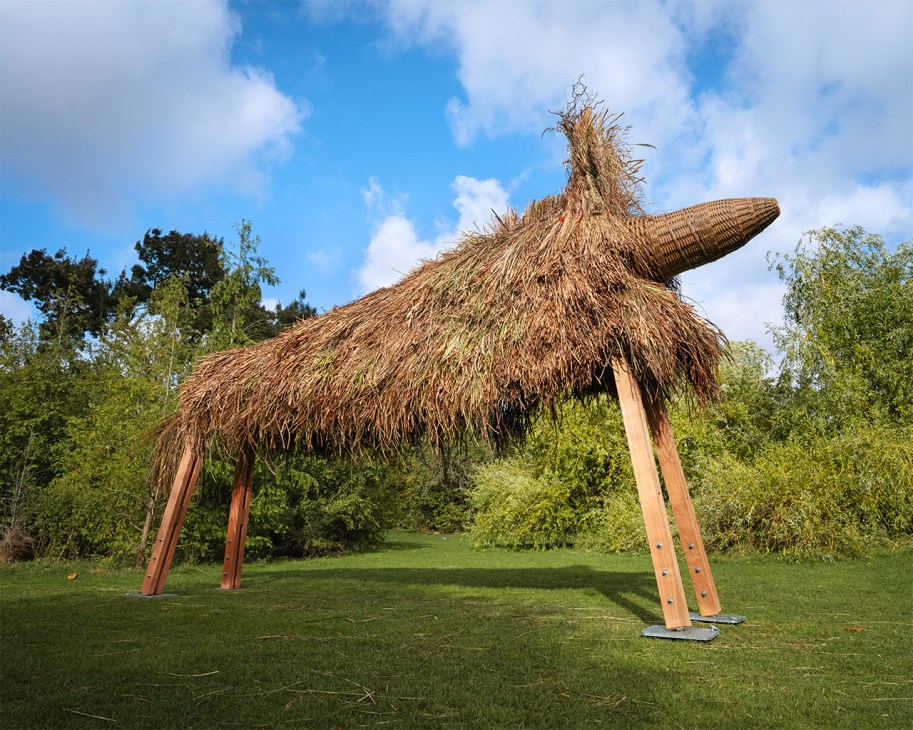
There is also a work by Indian artist Reena Saini Kallat. It’s effectively a horn and if you get close, you can hear the birdsong of several now-extinct species. It’s a work that functions as a sound archive but also resembles machinery used before the invention of flight radar. This outdated piece of engineering helps us to think about moments of absence and friction in history, and their effect on ecosystems and people.
And what’s happening inside the tent?
This year we have 168 galleries from more than 40 countries. Many of the galleries have been participating for years, so they will be familiar to our audience. But there are some newcomers as well. It’s important for us to consider how we represent various art scenes and how we can be more global in our approach. This year we are joined by Selma Feriani from Tunis and South Africa’s Southern Guild for the first time.
What about the various curated sections? Are you bringing back the Artist-to-Artist programme that launched in 2023?
Yes, the Artist-to-Artist programme is always a highlight and worth a look. If you had a conversation with an established artist and asked them: Whose work are you interested in? Who do you think is making good work now? This sector’s six presentations are the manifestation of those conversations. There will be a wonderful exhibition by US artist Katherine Hubbard, who was selected by Nicole Eisenman. Hubbard makes poignant work in collaboration with her ageing mother, who is slowly losing her memory.
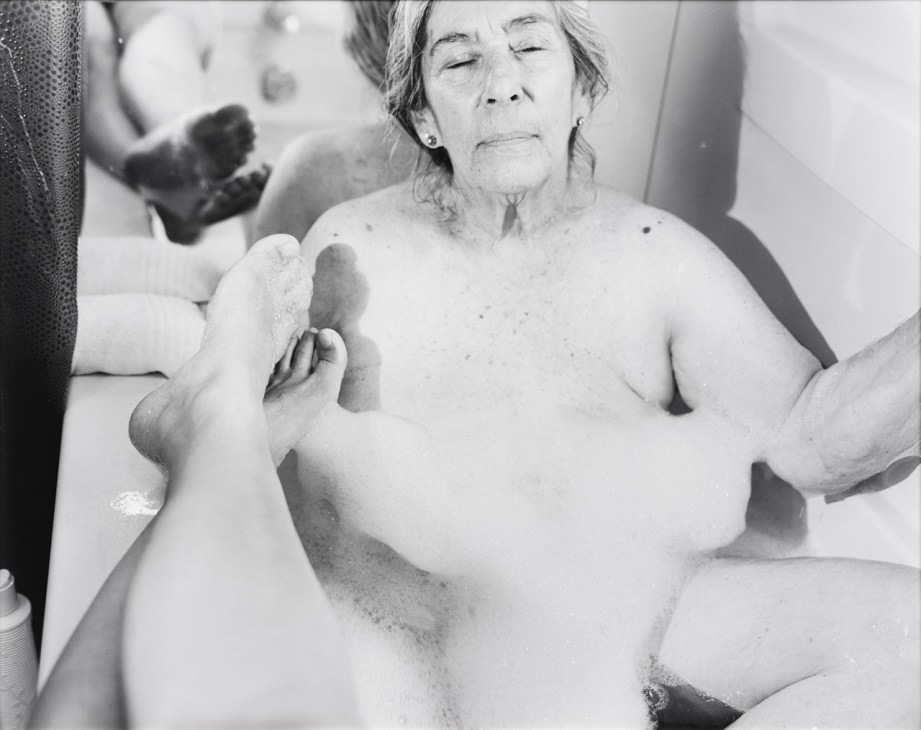
Every year, we also work with a guest curator who is given carte blanche to articulate their vision within the fair. This year it’s Dr Jareh Das, who lives between the UK and West Africa. She has curated a section titled ‘Echoes in the Present’, which broadly looks at the relationship between artists in West Africa and Brazil. It considers this connection across time, examining its history in the transatlantic slave trade and what that means today. I’m looking forward to finally seeing it myself.
The Frieze Artist Award has an interesting recipient this year, who will be giving fairgoers the chance to see a live performance. Tell us more about that.
Our award this year has been given to Sophia Al Maria, who has decided to build a mock comedy club inside the fair. She has been employing comedy as a medium for some time now but this will be the first official piece in which she’s fully engaged with it. We are excited to see how the performance might rupture the context of the fair. It’s going to feel unsettling and unusual but the idea of playing with the fair’s format has existed throughout the history of Frieze, and Sophia’s project is in keeping with that. It will be an experience.
The art market is in a tricky place, with some notable gallery closures in recent months. However, there have been some interesting openings as well, especially in London. What’s your take?
The market has been measured, which has been challenging for many galleries. But the picture is more complicated than what has been written in the press. Maybe it’s because the numbers are largely based on auction-house records, and the work that we’re doing – collaborating directly with galleries and living artists – is completely different.
Many galleries are opening new spaces in London this autumn: Sadie Coles HQ, Maureen Paley, Stuart Shave [of Modern Art], Rose Easton and Ben Hunter, just to name a few. If everyone focuses on delivering great exhibitions, there will still be space for gallerists to do well in the contemporary art field. I would also say that the galleries that have shut down have done so for a variety of reasons – some of it related to the market but also some for personal reasons. It’s not all doom and gloom. It’s a moment of transition.
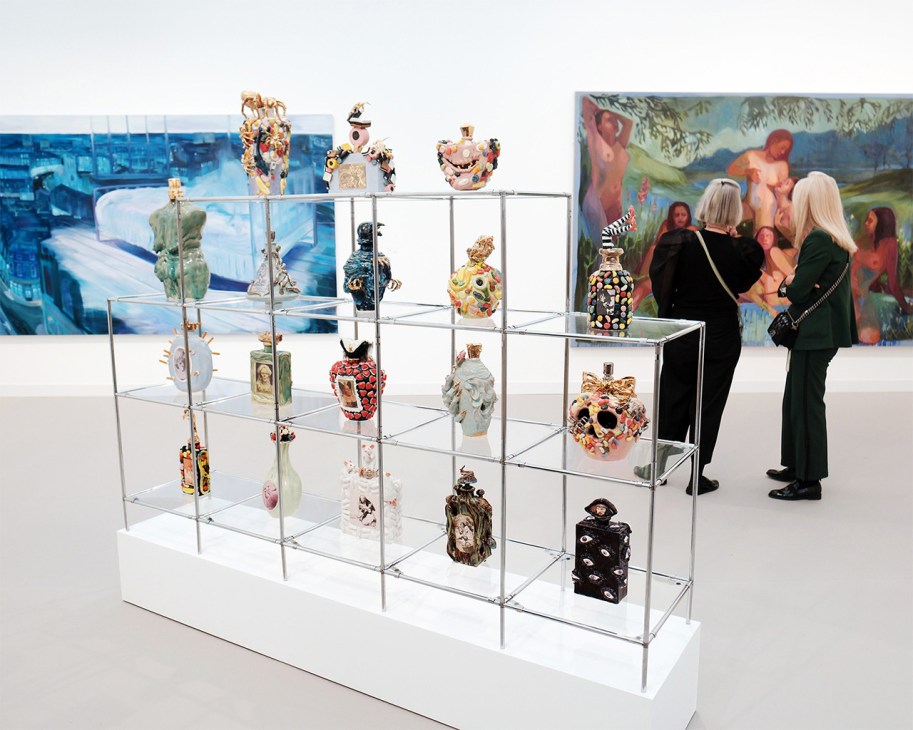
Frieze London takes place just ahead of Art Basel Paris and many will visit both. How do you think London shapes this fair, and does the city still hold a unique position in the art world?
The UK has the second largest share of the global art market, so it’s still the leader by far in terms of its position in Europe. In fact, the UK’s share of the market is larger than the rest of Europe put together. With that in mind, Frieze London continues to be the region’s foremost contemporary fair.
Today it is crucial for all fairs to be clearer with what they’re offering. For Frieze London, it has always been about rooting ourselves in the innovative spirit of the city’s creative communities. Frieze has been a space for experimentation because of London’s vibrancy, and galleries attend to experience that. In many cases, Frieze London is where galleries go to present new exploratory works or portfolios of artists who have just joined their programme. That is what our fair stands for.
After a long day walking around that big white tent, where would you suggest going for dinner?
Jikoni in Marylebone is a restaurant that serves a cross-cultural menu blending East African and Indian cuisine. The food is brilliant. There is also Maison François, which does great French food and, being French, I give it my seal of approval. And then there is Sessions Arts Club, which was started by a group of restaurateurs and artists in the Sessions House, a former courthouse with beautiful interiors. They have an amazing collection of artwork, and many artists who are participating in the fair dine there as well.
Frieze London 2025 runs from 15 to 19 October.
Read Monocle’s complete London City Guide here.
